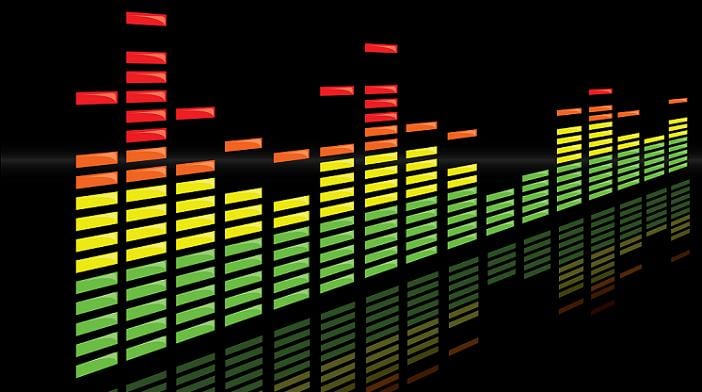 Image via Shutterstock
Image via Shutterstock
If you’re going to be a professional musician (aka, a businessperson), email is incredibly important to you, or it will be soon enough. You’re going to need it for everything from corresponding with your team to booking shows to chatting with fans, so you should pay attention to what information you’re transmitting with every hit of the send button.
If you haven’t already set one up, you need a signature on your emails. It’s incredibly easy to create, and once you’ve done it, you'll rarely, if ever, have to think about it again. While you're quickly writing a signature to be used over and over and over, here are five pieces of information that you need to include.
1. Your email address
Yes, the signature at the bottom of your email should include your email address. This may seem silly, but hear me out. People are busier than ever, and nobody has time to go looking for an address of any kind. The easier you make it for people to add you to their contacts, the better chance you have of speaking to them again. There's no amount of connections you can make that will hurt your career, I promise.
Some people will look up top for your address, but others won’t even give it a second thought and they’ll just move on. It doesn’t hurt you to add it in there, and it doesn’t make you any less professional. In fact, I’d say that the opposite is true.
Make sure that the address you are using is appropriate for doing business, and that it has something to do with you, your name, or your musical moniker. We’re way past the days of stupid screen-name-style email addresses, and if you’re still using one, you need to update ASAP.
2. Additional contact info
Right beneath your email address should be whatever other contact information you're comfortable sharing. Remember, this will be seen by everyone who emails you (and who you respond to), so don’t add in anything that you wouldn’t be happy with most people knowing. If you get a lot of messages from fans, maybe don’t include your cell phone. You can cut out parts of your signature as you send every email, but it will become a pain in the ass if you have info you need to remove frequently. So, either make your peace with everybody knowing how to text you, or don’t type it in when you set up a boilerplate.
Important additional contact info that some people may want include your cell phone number, your office number (if you have one), and perhaps your address, be it a home, office, or a PO box. A phone number of some kind is ideal, while the rest is up to you.
3. Social media links
If you don't know by now to include links to your social media channels everywhere possible by now, you probably haven’t been reading my Sonicbids posts for the past year or so. There's no reason why you can’t have one line of your signature be devoted to social, with hyperlinks to your Facebook, Twitter, Instagram, and whatever else you use. These shouldn't look like full links, of course, but should be actual, clickable links, or just your username on those profiles, depending on what kind of email client you're using.
I personally just have a link that says @popbanghugh, which takes the reader directly to my Twitter should they click it – but that’s just one simple, easy-on-the-eyes way of doing it.
4. A call to action
Here's your chance to really promote something other than just your Instagram (not that having people visit your social pages isn’t important, of course). Including a call to action is important, and you'd be surprised how many people will actually follow through with it, especially if they're already corresponding with you. Ask them to watch your latest music video, stream your album on Spotify, or check out when you're coming to their town.
This is the one section of your signature that can – and should – change periodically. As you release new music or visuals, make sure to update your call to action. Don’t get caught asking people to watch a music video that you uploaded to YouTube a year and a half ago, because if someone who doesn’t know you very well clicks the link, they may think you’re not very active.
Your call-out should be one sentence at the most, and it shouldn’t have any words that don’t need to be there. This isn’t a place to describe your songwriting process or the story behind a music video, but rather the spot where you can simply mention that there’s some new piece of content that you would like people to consume. Keep it short and simple, and people will click.
5. Links
While you may already have shown people the way to your Facebook and the like, you have more of a presence online than that! Include links to your website or blog, as well as your profile on sites like Bandpage, Bandcamp, and SoundCloud, to name a few that you may have.
Try not to list too many links, though – people will see it as looking busy, and they may not click on anything. Pick a few of your favorites and include them. If you’ve structured your website correctly, people should be able to find the other less popular (and perhaps less crucial) links wherever they go.
Hugh McIntyre is a freelance pop music journalist in NYC by way of Boston. He has written for Billboard, The Hollywood Reporter, and MTV, as well as various magazines and blogs around the world. He is also the founder and editor-in-chief of the blog Pop! Bang! Boom! which is dedicated to the genre of pop in all of its glory.







